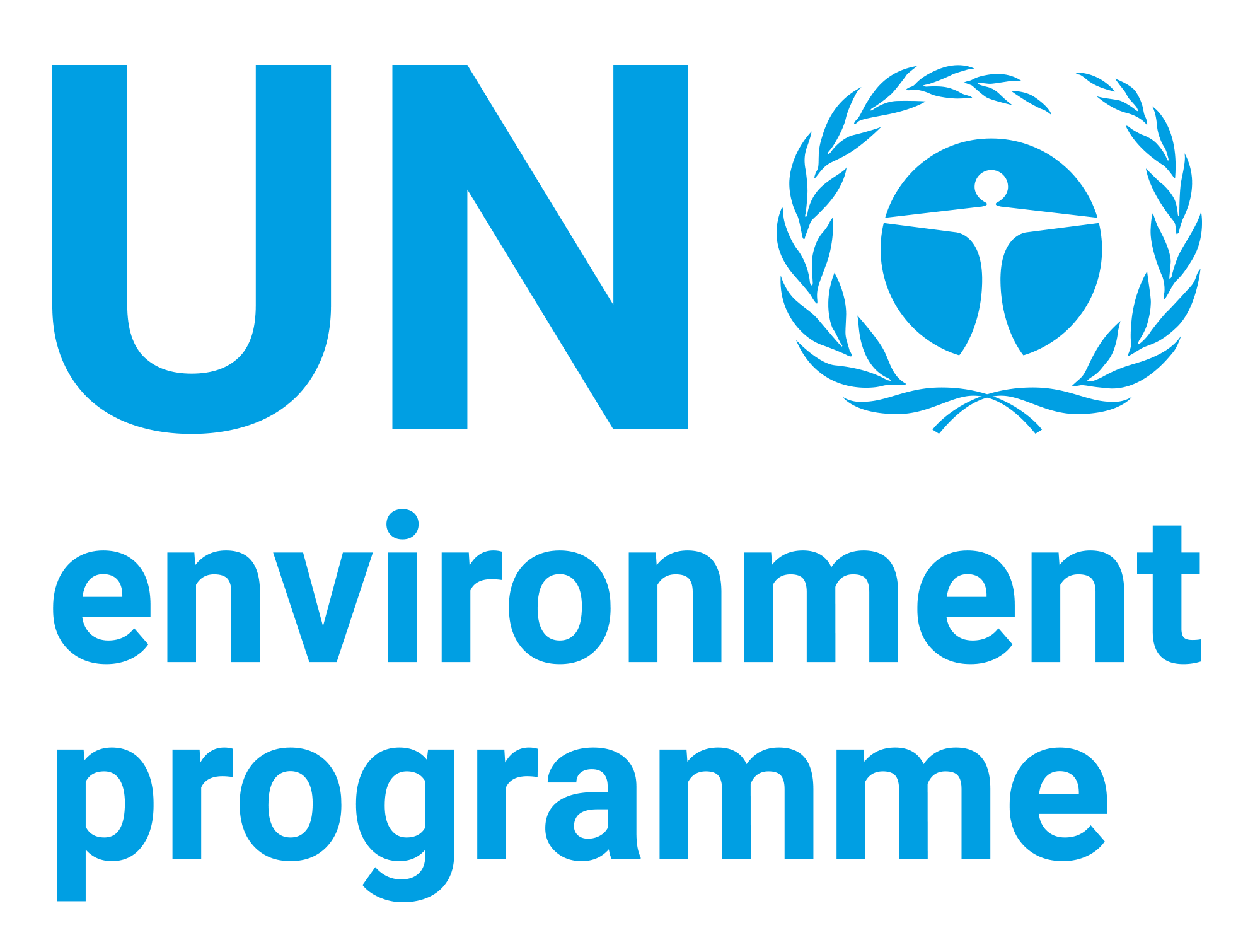Workshop on bycatch management and low impact fishing

Date
2012Author
General Board for Fish Resource Development - Iraq
Citation Tool
Bibliographic Managers
RT Generic T1 Workshop on bycatch management and low impact fishing A1 General Board for Fish Resource Development - Iraq YR 2012 LK https://wedocs.unep.org/20.500.11822/8794 PB General Board for Fish Resource Development - Iraq AB TY - GEN T1 - Workshop on bycatch management and low impact fishing AU - General Board for Fish Resource Development - Iraq Y1 - 2012 UR - https://wedocs.unep.org/20.500.11822/8794 PB - General Board for Fish Resource Development - Iraq AB - @misc{20.500.11822_8794 author = {General Board for Fish Resource Development - Iraq}, title = {Workshop on bycatch management and low impact fishing}, year = {2012}, abstract = {}, url = {https://wedocs.unep.org/20.500.11822/8794} } @misc{20.500.11822_8794 author = {General Board for Fish Resource Development - Iraq}, title = {Workshop on bycatch management and low impact fishing}, year = {2012}, abstract = {}, url = {https://wedocs.unep.org/20.500.11822/8794} } TY - GEN T1 - Workshop on bycatch management and low impact fishing AU - General Board for Fish Resource Development - Iraq UR - https://wedocs.unep.org/20.500.11822/8794 PB - General Board for Fish Resource Development - Iraq AB -View/Open
Item Statistics
Display item statisticsMetadata
Show full item recordDescription
Iraq can be considered one of the marine countries, Situated at the head of the Arabian Gulf. The area of national territorial waters about 900 km 2, from FAW port . this area is characterized by lack of depth waters where the maximum depth is about 15 m and this waters are under effects of tidal currents, where the water levels rises and lowers about 2.40 m. regional coastal waters are directly continued with gulf waters and exchanging with marine waters by tidal movement, as the water flows from Gulf and Karun river to Shatt al-Arab and back, Therefore this area is characterized with high fertility water which attracts fishes for feeding or breeding purposes, few species of these fishes may continue to migrate to internal waters through Shatt al-Arab and marshes.
Collections
Document Viewer
To read more, scroll down below.

